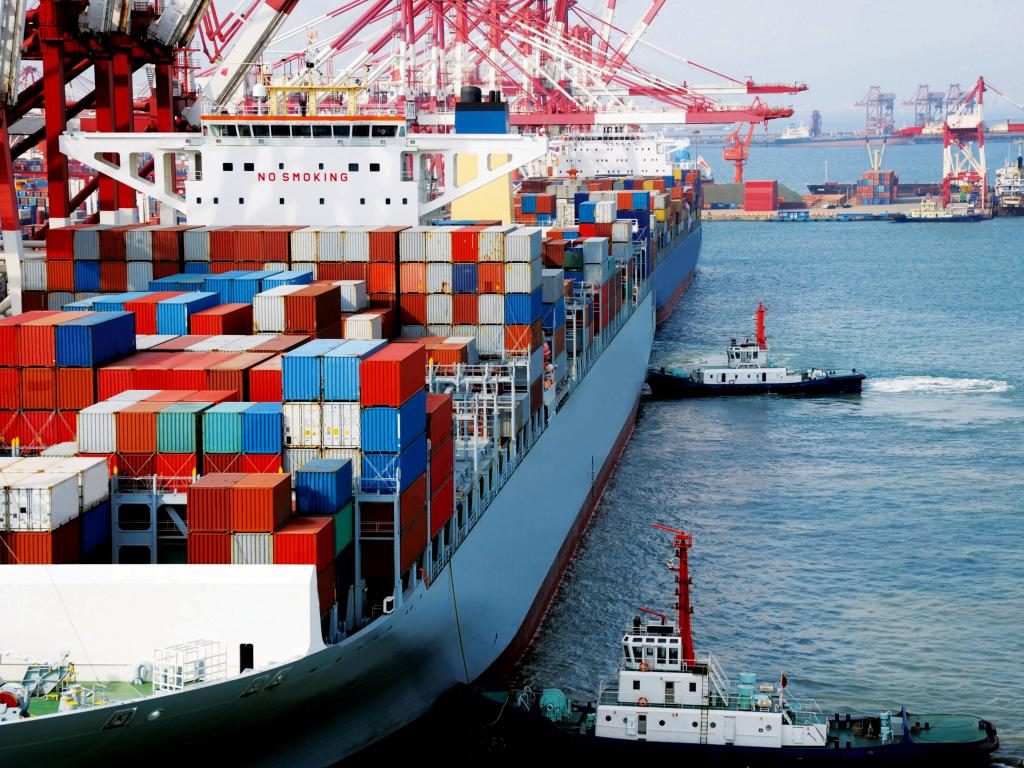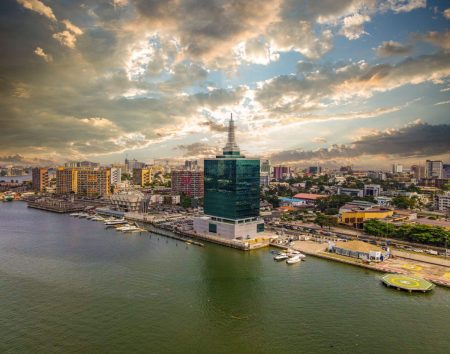
11 July 2015, Kinshasa — Zambia and the Democratic Republic of Congo (DRC) will develop hydropower plants on the Luapula River as a long-term measure to boost power generation for both countries.
The two countries have thus signed an inter-governmental Memorandum of Understanding (MoU) for the joint project, which will commence in 2017 and complete in 2020.
The move is another intervention the Government has put in place to increase power supply amid power shortages currently being experienced in Zambia.
The power deficit has been due to limited output capacity by Zesco following dwindling water levels in the Kariba Dam and other hydropower plants.
Once complete the power deal would boost power output by more than 1,000 megawatts.
Mr Yaluma signed on behalf of the Zambian Government while Mr Gamanda signed for his country at a landmark ceremony held yesterday here in Kinshasa.
Mr Yaluma said after the signing ceremony that the deal was a landmark achievement for Zambia as it would improve the agenda to provide universal access to electricity for Zambians, especially those in the rural areas.
He said the huge power constraint existing on the continent particularly in the region, where nearly all the countries were faced with massive power outages, called for joint efforts in addressing the problem.
“This in itself justifies the need for joint efforts in working hard to counter the challenges as it is for us to identify the problem and at the same time work to increase our power generation capacity,” Mr Yaluma said.
He said now was the time for the country to position itself in responding positively towards attainment of universal access to electricity for the rural populace.
Mr Yaluma reiterated the Government’s commitment to accelerating the development of the hydropower sites as a way to enhance security of power supply, promote electricity trade and stimulate economic growth for the region as a whole.
“Currently, the power balance in Zambia is very tight and load-shedding is being applied as a way of managing the levels in the country’s main reservoirs arising from poor rainfall last season. Therefore, the expeditious implementation of the hydropower sites on the shared river course of Luapula is indeed a priority for Zambia,” he said.
Mr Gamanda said his Government would wholly commit itself to ensure the project, earmarked to commerce in 2017, was brought to fruition within the stipulated three years of implementation.
At the same ceremony, Zesco and SNEL, the national power utility for DRC, signed another MoU for implementation of the project and construction of a transmission interconnector at 330kv from Solwezi to Kolwezi in the DRC.
Earlier, a delegation from Zesco and the Ministry of Energy led by Permanent Secretary Emeldah Chola drafted the MoU document at a two-day workshop organised by the DRC government.
The Government has indicated that the country would need to import power ranging from 150 to 200 megawatts (MW) to mitigate the current deficit.
Other measures are the development of renewable energy sources and, in this vein, the construction of the 300MW coal-fired power plant by Maamba Collieries in Southern Province is ready for commissioning and will supplement supply.
The water levels at the Kariba and Itezhi-Tezhi reservoirs have drastically reduced due to poor rainfall in the 2014/2015 rainy season, forcing the Zambezi River Authority to ration water used for power generation by 10 per cent.
Zesco has in turn lost US$116 million on account of rationing power to each customer for at least 10 hours each day.
*Moffat Chazingwa – Times of Zambia



